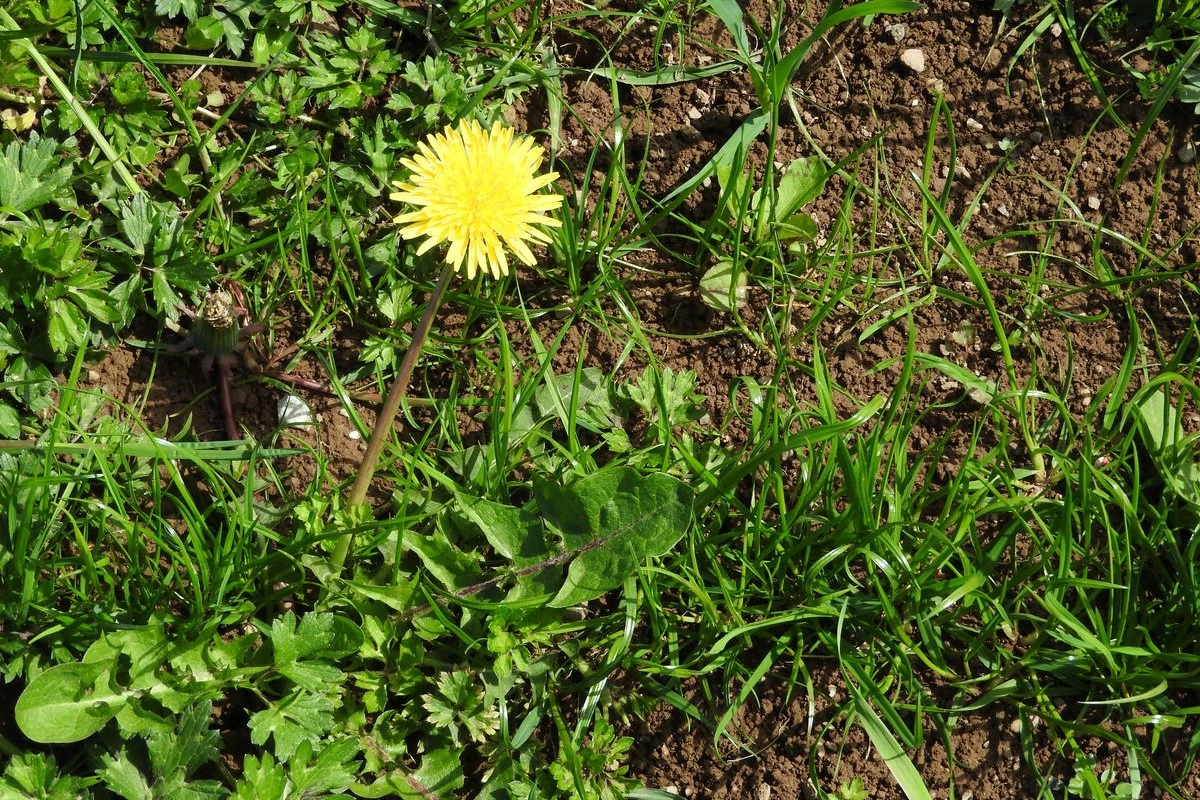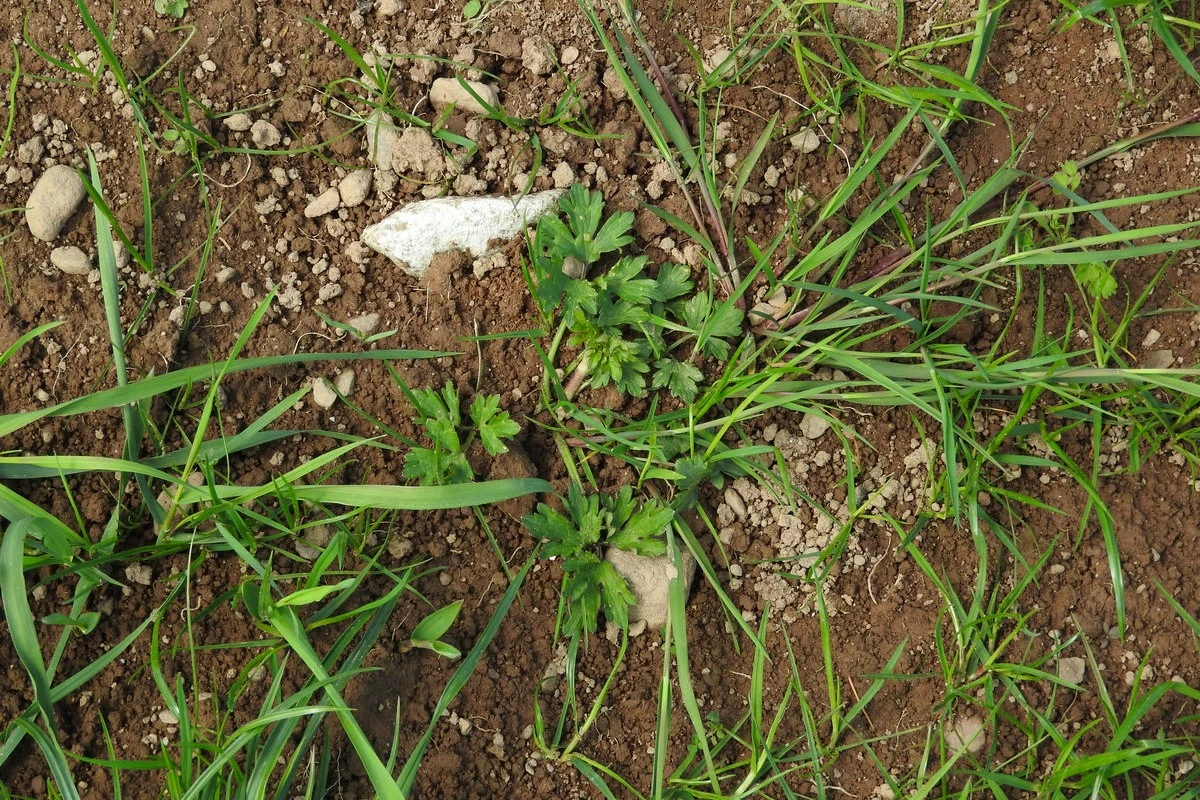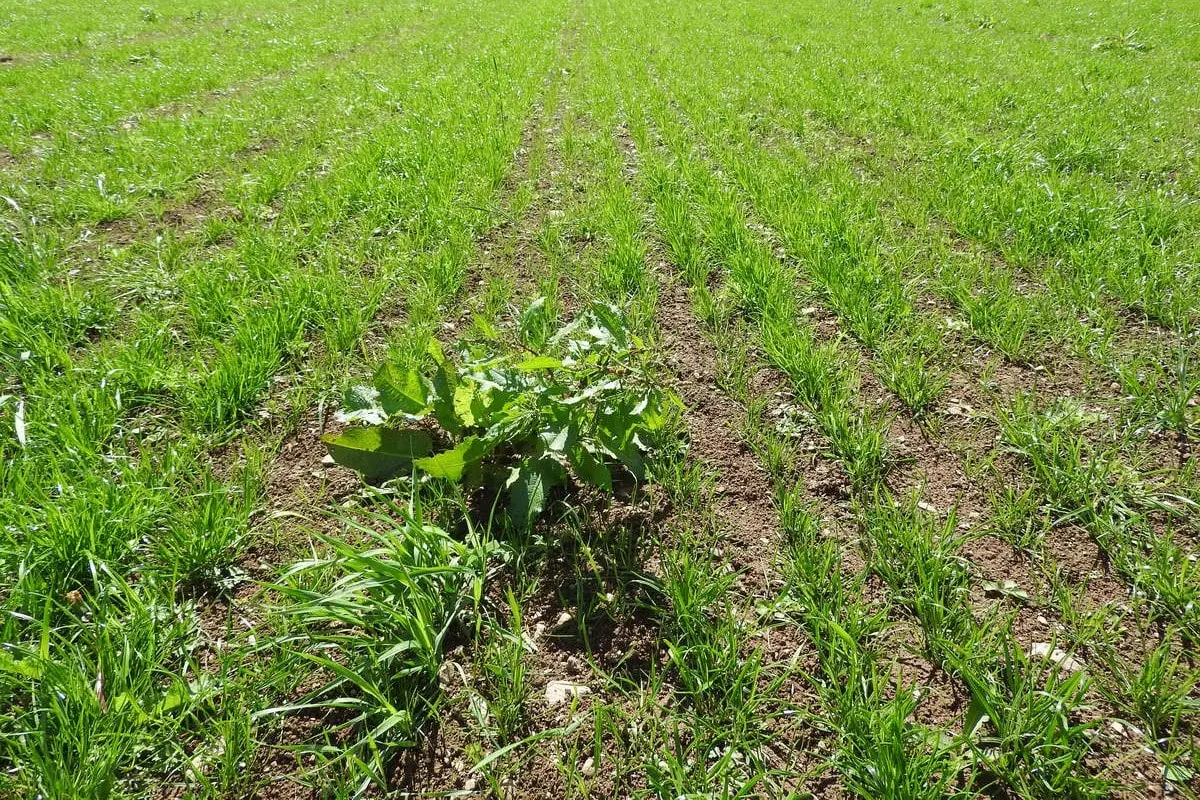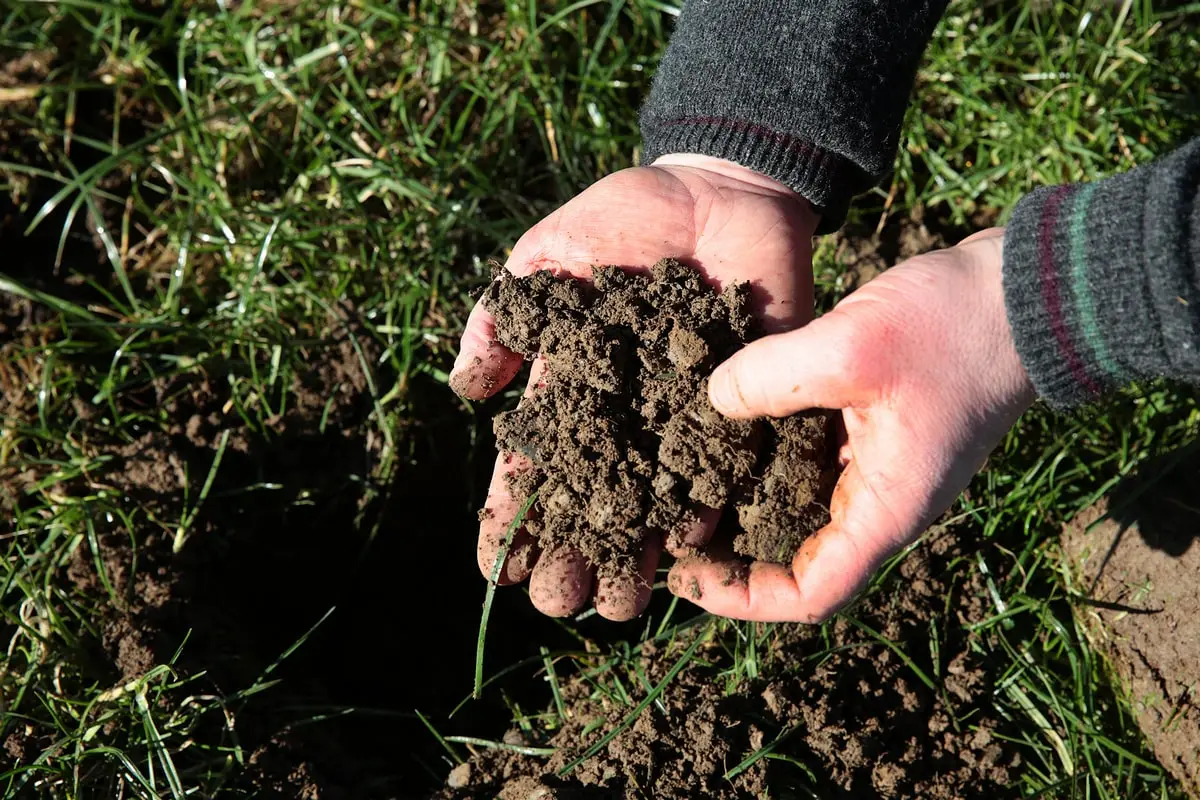Productive farming is dependent on effective grassland weed control. When weeds start taking over, they use up valuable space in leys and must be dealt with. Unfortunately for British farmers, weed control can be difficult given the limited range of herbicides available.
In addition to discussing chemical control options, this guide will also share mechanical weed control methods that can be used in an overall sustainable livestock farming strategy.
How weeds impact grassland farming
Weeds are extremely competitive and can reduce the performance of grass and forage crops. High levels of weeds in livestock farming systems will reduce silage yield and stocking rate, hindering grassland productivity.
The presence of grassland weeds can also decrease older pastures’ nutritional value, reduce grass growth and threaten livestock health.

Benefits of grassland weed control
By introducing a planned grassland weed control programme, livestock farmers can improve grass DM/ha by over 10%. Among the benefits of effective weed control are:
- Maximise grass yield
- Increase silage quality
- Effective grassland utilisation
- Improve livestock health
- Extend pasture longevity
Key elements to consider before starting grassland weed control
Identify the weeds
It is important to correctly identify the main weeds that are threatening your swards to implement a successful grassland weed control plan. Improper identification can lead to failed control attempts and can cause further issues.
To determine if your profitability could be affected and what to do next, it is important to identify the extent of weed infestation; if weeds take up more than 10% of the area, production is likely to be compromised.
Timing
Timing is crucial for controlling weeds in agriculture – methods applied too early or too late will not work. Generally, weed control methods work best on actively growing weeds.
Most common weeds in farming
Buttercup
Buttercup control can be challenging as the weed can spread aggressively, dominating grass and making it difficult for new swards to establish. It is important to understand the identification features of each buttercup weed as herbicide efficacy can vary according to buttercup type.
The three most common buttercup weeds are creeping, bulbous and meadow.
Creeping buttercup is an extremely problematic weed in grassland, especially in poorly drained soil. These perennial weeds are difficult to control and can quickly smother grass. Bulbous buttercup is often found in dry grassland and grassy slopes. Meadow buttercup is widespread in grazing pastures and can cause inflammation of the digestive system in cattle if eaten fresh.
All known species of buttercup weeds contain high levels of protoanemonin and are poisonous to livestock. Buttercup weeds have a low nutritional value for grazing, making them less desirable for livestock to graze.

Common chickweed
Common chickweed is an annual plant with light green oval leaves. Reseeds are threatened by chickweed's rapid growth, which can shade out seedlings of newly cultivated species. Common chickweed control can be challenging due to aggressive competition between weeds and grass, which can result in a decrease in silage yield.
Consumed in large quantities, it can cause digestive problems for grazing animals, particularly lambs or calves.
Docks (broad-leaved or curled)
Docks are perennial and have 65% of the feed value of grass. Broad-leaved dock weeds have large, broad leaves with a long taproot whereas, curled dock weeds have a narrower lance-shaped leaf shape.
Dock control can be a threat as over 60,000 seeds can be produced from a single plant which can survive for up to 80 years in the soil. Docks pose a significant economic risk to grasslands by directly competing with grass and reducing yield. Livestock won’t graze the plant when mature. Dock identification is key to determining the effective herbicide to control the species.

Common nettles
Common nettles are perennials that can grow from either seeds or roots. Nettles are unpalatable to livestock and therefore reduce the grazing area and decrease grass yield by taking over sections of leys.
Creeping thistles
Creeping thistles are a perennial weed widely found across the UK. They are highly competitive with grass due to their extensive underground root systems that allow patches to spread, forming buds from thickened lateral roots. Thistle control can be challenging as the weeds spread vigorously.
Ragwort
Ragwort is a perennial weed that spreads through seed and root systems. These weeds are poisonous to livestock as the toxins act cumulatively. Livestock avoid grazing around ragwort, affecting grass utilisation.
Grassland weed control solutions
| Weeds | Solutions |
| Buttercup control | Spraying |
| Common chickweed control | Grazing Pulling Spraying |
| Dock control (broad-leaved or curled) | Spraying Topping Pulling/digging |
| Common nettle control | Topping Pulling Spraying |
| Creeping thistle control | Frequent topping Tight grazing Pulling/digging Spraying |
| Ragwort control | Pulling/digging (in the first year of establishment) |
Methods of controlling weeds in agriculture
You need to choose methods that target grassland weeds and don’t harm your grass and forage crops. Below are several options to consider.
Soil management
As weeds reduce the nutritional value of grass, using a management plan will ensure that nutrients are only applied when the sward needs them. This will avoid encouraging unwanted weeds to grow and spread.
Evaluate a recent soil sample analysis to determine if nutrients are at their optimal level. Maintaining soil fertility will help ensure grass remains competitive against weeds.
For more advice on soil management, check out our article here.
Grazing
Grazing can be a part of a long-term strategy to minimise weed establishment and improve sward density. To promote plant health and vigour, follow appropriate stocking rates and a grazing plan that ensures the recovery of desired plants during the growing season.
Successful grazing management requires that a pasture has a rest period that allows plants to fully recover before being grazed again.
Timing is essential when grazing, so make sure to follow advised grazing intervals to allow the control method to work.
Topping
Topping is the process of cutting grassland with a mechanical topper attached to a tractor. It prevents the plants from establishing or spreading and helps control weeds. Please note that chickweed cannot be controlled by topping as it increases palatability and encourages the plant to spread.
The topping season usually occurs during mid-summer when growth is most reproductive. Thistles, docks and nettles can be topped. Remove the flower heads and upper leaves before the buds open. To prevent re-establishment, repeat this process after one month and up to three years to weaken the weeds’ roots.
Pulling and digging
Digging up or pulling out individual weeds can help reduce seeding and spreading of weeds.
Hand-pulling can be time-consuming, so it’s advised to only use this method in smaller areas. Specialist digging tools are available to remove the entire root. Weeds should be dug out with as much of the root as possible.
To avoid damaging the surrounding sward, dig weeds in the winter when the leaves are visible.
Herbicide sprays
It is recommended to use herbicides when weeds are healthy, and the leaves are actively growing.
Select a herbicide that is approved, always adhere to the manufacturer's recommendations, and use the correct dosage and water rate on the label. For fields with clover, it's important to use a product that is safe for clover, and herbicides should not be used on multi-species swards.
Weather can be an issue, so avoid spraying in any situation conducive to plant stress including, dry; cold; hot conditions and waterlogging.
Including diploid varieties
Diploid plants tend to tiller more and form a dense stand creating better ground cover and persistency. Diploid cultivars tend to grow more erectly and have prostrate plant structures, protecting grass swards from weed competition.
Direct drilling
Using direct drilling for reseeding grassland reduces the need for grassland weed control since there are fewer soil disturbances. Direct drilling can help reduce costs, speed up rotation and reduce environmental impact.
To learn more about this process, check out our Grassland reseeding guide.
Ask a grassland expert
Please contact our grass and forage production experts if you want to discuss grassland weed control as part of your wider livestock farming system.
